
Vinegar is the key to streak-free windows and shiny surfaces, but most use it wrong. Here's the right way to use it
Vinegar has long been celebrated as one of the most versatile and effective natural cleaning agents available. With its powerful yet gentle acidity, it can tackle an impressive range of household cleaning tasks — from removing grime and grease to leaving glass surfaces gleaming. Despite its reputation, many people find that when they try to clean with vinegar, the results can be disappointing: streaky windows, dull countertops, and lingering odors.
These issues usually come down to a few common misconceptions and improper techniques. When used correctly, vinegar can deliver exceptional cleaning results — all without harsh chemicals or unnecessary waste.
In this comprehensive guide, we’ll explore the science behind vinegar’s cleaning abilities, the most frequent mistakes people make, and the right way to use vinegar for spotless, streak-free results. By learning a few key tricks, you’ll be able to unlock vinegar’s full potential as an eco-friendly, budget-conscious cleaning powerhouse.
1. The Science Behind Vinegar’s Cleaning Power
The cleaning magic of vinegar lies in its main ingredient: acetic acid, which typically makes up between 5–8% of the solution. This mild acid helps dissolve mineral deposits, soap scum, and greasy buildup that can accumulate on surfaces around your home. Acetic acid works by breaking the molecular bonds that hold dirt to surfaces, making it easier to lift away grime with minimal effort.
Beyond its cleaning strength, vinegar also offers mild disinfectant properties. It can kill some types of bacteria and viruses, reducing the number of harmful microorganisms on household surfaces. While it’s not as strong as commercial disinfectants, it can contribute to a noticeably fresher and more hygienic environment.
Interestingly, vinegar also neutralizes certain odors by altering the pH level of odor-causing molecules — making it a double-duty cleaner and deodorizer.
2. Common Mistakes When Using Vinegar for Cleaning
Even though vinegar is simple to use, there are a few pitfalls that can undermine its effectiveness.
One of the biggest mistakes is using undiluted vinegar. Straight vinegar can be too strong for some materials and may cause dull spots or even corrosion, especially on delicate surfaces. A 1:1 ratio of vinegar and water is typically ideal for most household cleaning.
Another common error is using vinegar on the wrong materials. It should never be used on natural stone surfaces like granite, marble, or travertine — the acid can etch and permanently damage the finish. Similarly, vinegar can dull waxed furniture, strip the coating off hardwood floors, or harm electronic screens and touch panels.
Finally, many people make the mistake of using improper wiping tools, such as paper towels that leave lint and streaks behind. Choosing the right cloth can make all the difference (more on that below).
3. Choosing the Right Vinegar for Streak-Free Cleaning
When it comes to cleaning, distilled white vinegar is the best choice. It’s colorless, affordable, and contains the right level of acidity for general cleaning. Unlike apple cider or wine vinegar, which can leave stains or residue, white vinegar ensures a pure, streak-free finish.
For optimal results, choose vinegar with at least 5% acetic acid. Anything less may not be strong enough to cut through grease and grime effectively, while stronger concentrations are usually unnecessary for regular household use.
4. How to Prepare the Perfect Vinegar Cleaning Solution
Making your own vinegar cleaner is quick, inexpensive, and highly customizable. The most effective general-purpose mix is equal parts distilled white vinegar and water in a spray bottle — for example, 1 cup of vinegar and 1 cup of water.
For tough buildup, like hard water stains or soap scum, increase the vinegar slightly to a 2:1 ratio of vinegar to water. If you’re sensitive to the smell, you can add a few drops of essential oil (like lemon, lavender, or tea tree) to leave behind a pleasant scent.
Always test your mixture on a small, hidden area first — especially if you’re cleaning something delicate or coated — to make sure it won’t cause discoloration or damage.
5. The Best Tools to Use with Vinegar
The secret to a streak-free shine isn’t just the solution — it’s also the tools.
-
Microfiber cloths are ideal because they’re ultra-absorbent, soft, and lint-free. They lift dirt without scratching and leave behind a flawless finish.
-
For glass and mirrors, a squeegee can make a big difference. After spraying your vinegar solution, glide the squeegee from top to bottom, wiping the blade after each stroke to prevent streaks.
-
Avoid paper towels or old rags, which can leave lint, fibers, or smudges behind.
If you’re cleaning large windows, consider using a bucket and sponge for the initial wipe and finishing with a microfiber cloth or squeegee for the final polish.
6. Step-by-Step Guide: Cleaning Windows with Vinegar
-
Dust first. Use a dry microfiber cloth to remove loose dirt and cobwebs.
-
Spray evenly. Apply your vinegar-and-water mixture generously across the glass surface.
-
Wipe in circles. Using a clean microfiber cloth, gently loosen grime with circular motions.
-
Squeegee clean. Start at the top of the window and pull the squeegee down in straight lines, wiping the blade after each pass.
-
Detail the edges. Finish by drying corners and edges with a dry microfiber cloth to remove leftover moisture.
💡 Pro tip: Clean your windows on a cloudy day. Direct sunlight can make the solution evaporate too quickly, increasing the risk of streaks.
7. Using Vinegar to Shine Other Surfaces
Vinegar isn’t just for glass — it’s a powerful ally for other shiny surfaces too.
-
Stainless steel: Spray lightly and wipe along the grain with a microfiber cloth for a polished, fingerprint-free finish.
-
Glass tabletops: Use the same solution to remove smudges and restore clarity.
-
Bathroom fixtures: Spray, let sit for a few minutes to break down mineral deposits, and wipe clean for a brilliant shine.
You can even soak showerheads or faucet aerators in a bowl of vinegar overnight to dissolve limescale buildup. Just rinse thoroughly afterward.
8. Viral Vinegar Cleaning Hacks: What Works and What Doesn’t
Social media is full of creative vinegar hacks — but not all of them hold up to the hype.
✅ What works:
-
Cleaning microwaves by heating a bowl of vinegar and water — the steam loosens splatters easily.
-
Deodorizing cutting boards by wiping them with diluted vinegar.
-
Refreshing laundry by adding a cup of vinegar to the rinse cycle to remove odors and soften fabrics naturally.
🚫 What doesn’t:
-
Using vinegar on hardwood floors — it can strip the finish.
-
Mixing vinegar with bleach or hydrogen peroxide, which can create toxic gases.
-
Using vinegar to clean iron cookware, which can damage the seasoning.
Always double-check before trying new hacks, and when in doubt, test a small area first.
9. Safety Tips for Cleaning with Vinegar
Although vinegar is generally safe, it’s still a mild acid — so handle it with care.
-
Never mix vinegar with bleach or ammonia. This combination releases harmful fumes.
-
Work in well-ventilated spaces to avoid inhaling strong vinegar vapors.
-
Wear gloves if you have sensitive skin or open cuts.
-
If vinegar splashes into your eyes, rinse thoroughly with cool water.
-
Store vinegar and vinegar-based cleaners out of reach of children and pets.
10. The Eco-Friendly Benefits of Vinegar Cleaning
Vinegar is one of the most sustainable and eco-conscious cleaning options available. It’s biodegradable, non-toxic, and doesn’t introduce harmful residues into waterways or the air. Using vinegar instead of multiple commercial products helps reduce plastic waste, chemical exposure, and overall environmental impact.
By adopting vinegar cleaning as part of your household routine, you’re not only saving money but also making a tangible difference toward a cleaner, greener planet.
11. Frequently Asked Questions About Vinegar Cleaning
Q: Can vinegar remove mold and mildew?
A: Yes — its acidic nature helps kill and lift mold spores. Spray undiluted vinegar onto the area, let it sit for 60 minutes, then scrub with a brush and rinse thoroughly.
Q: Is vinegar safe for all surfaces?
A: No. Avoid natural stone, waxed finishes, or electronics. Always test on a small area first.
Q: How often should I clean windows with vinegar?
A: Every two to three months is ideal, or whenever you notice fingerprints or haze forming. Regular cleaning helps prevent buildup and keeps windows crystal clear.
Final Thoughts
When used correctly, vinegar can replace a surprising number of traditional cleaners — all while being safe, affordable, and environmentally friendly. By understanding the right mixtures, techniques, and surfaces to use it on, you can achieve professional-level results with nothing more than a pantry staple and a soft cloth.
With a little knowledge and consistency, vinegar truly earns its title as the ultimate natural cleaner for a sparkling, toxin-free home.
News in the same category

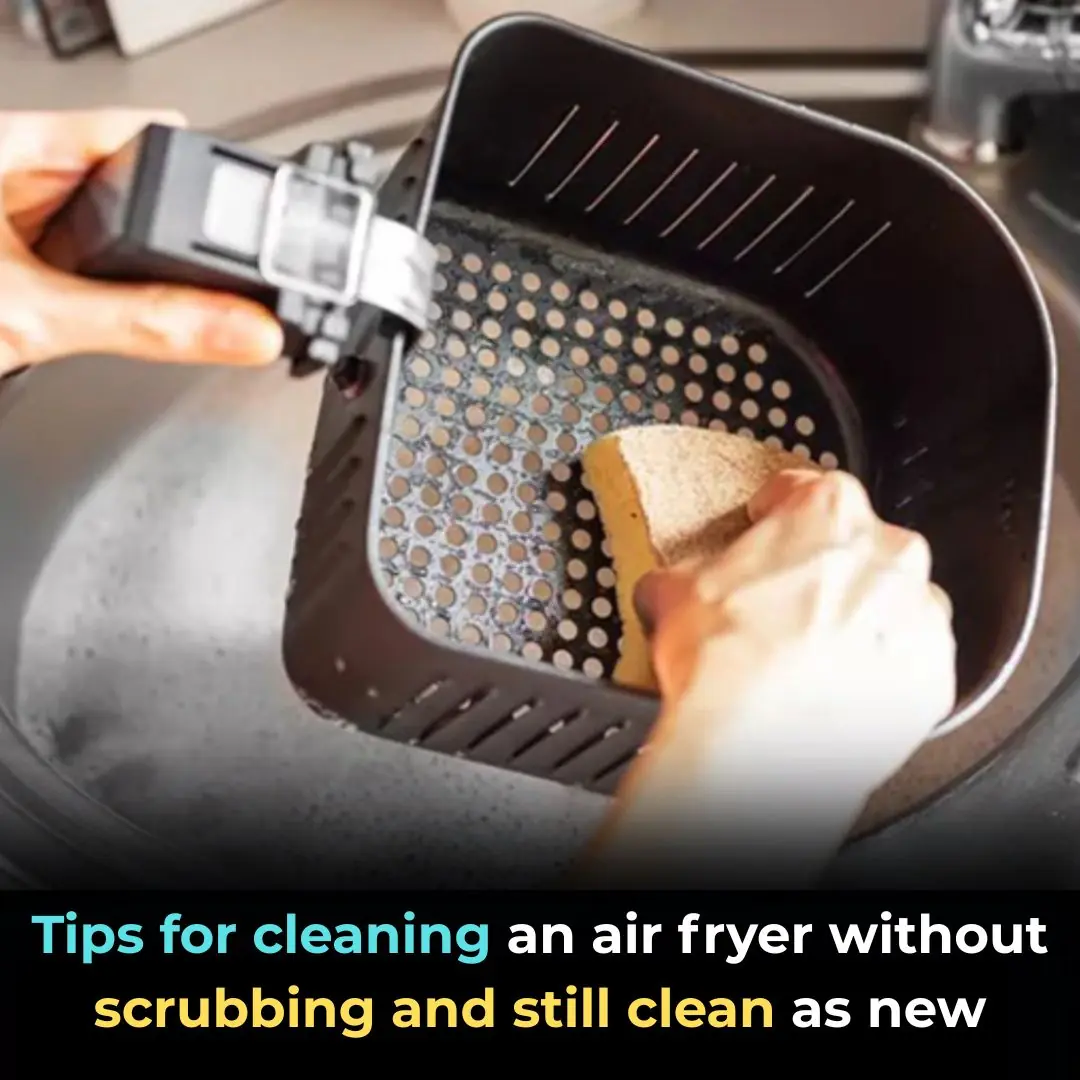
Tips for cleaning an air fryer without scrubbing and still clean as new

The water pipe is clogged, just blame this and it will be solved easily, no need to waste money calling a plumber.

How to clean the bathroom easily and effortlessly: It will stay clean and fragrant all week long

Simple tips for making crispy roast pork skin without much effort: Golden brown, crispy skin like in restaurants
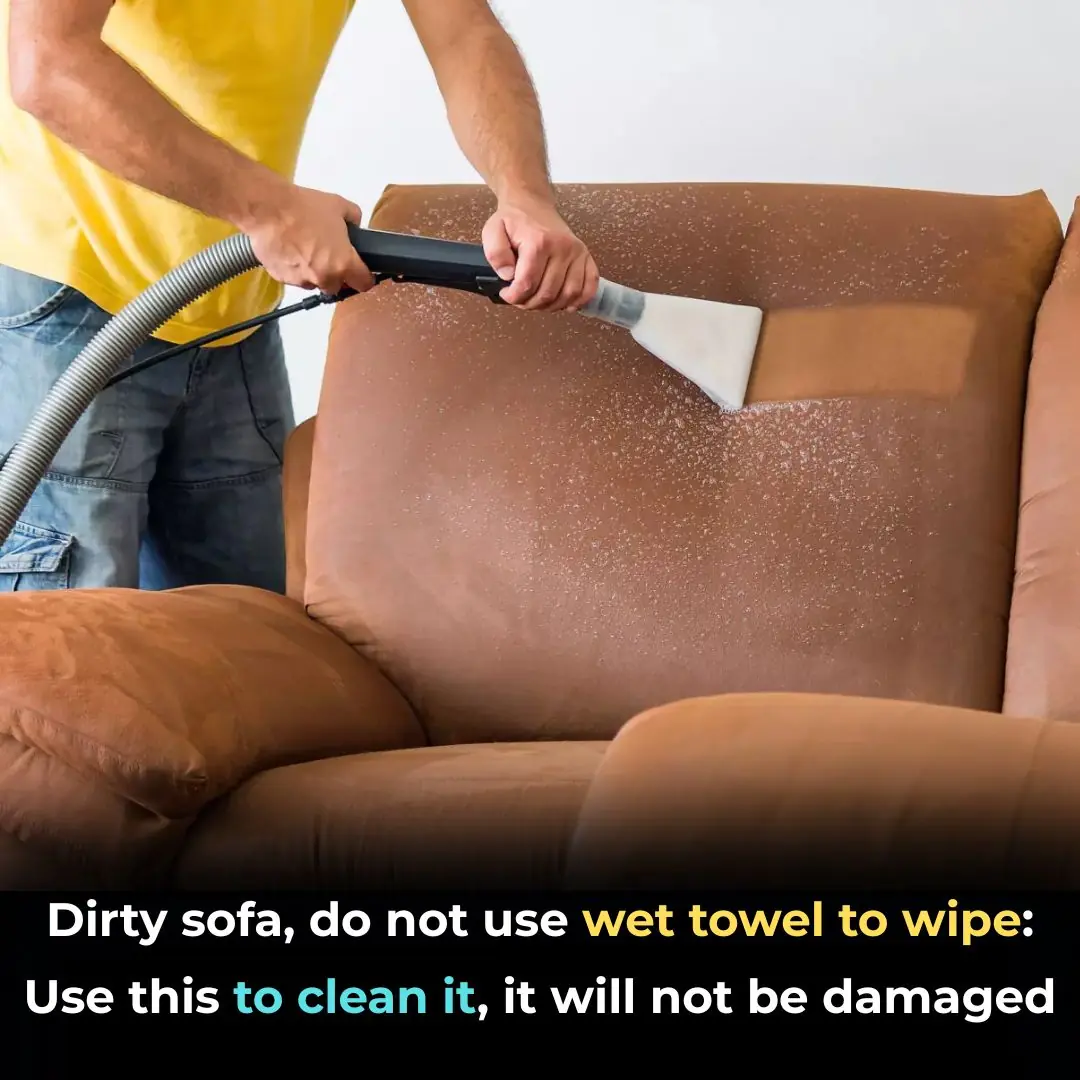
Dirty sofa, do not use wet towel to wipe: Use this to clean it, it will not be damaged
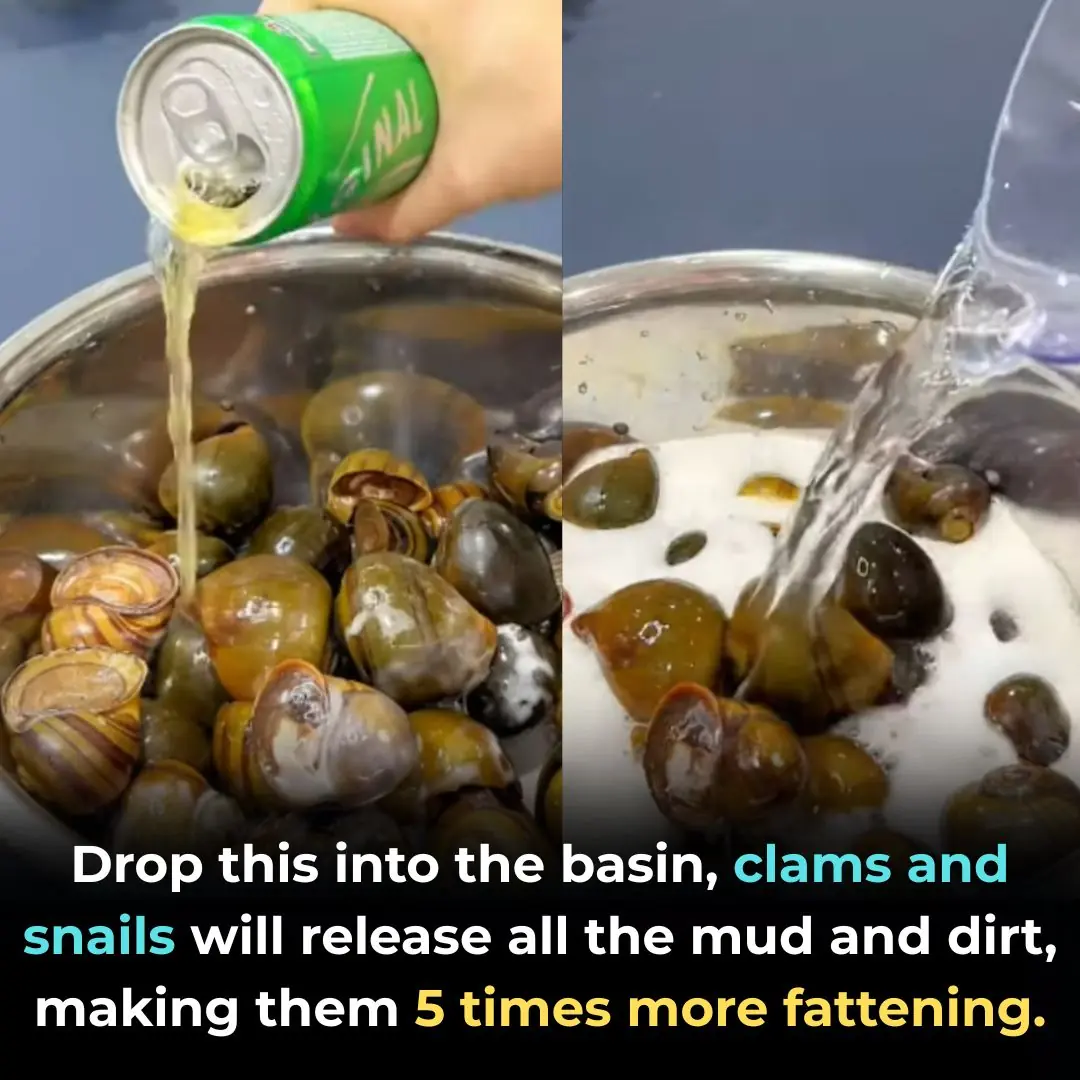
Drop this into the basin, clams and snails will release all the mud and dirt, making them 5 times more fattening.
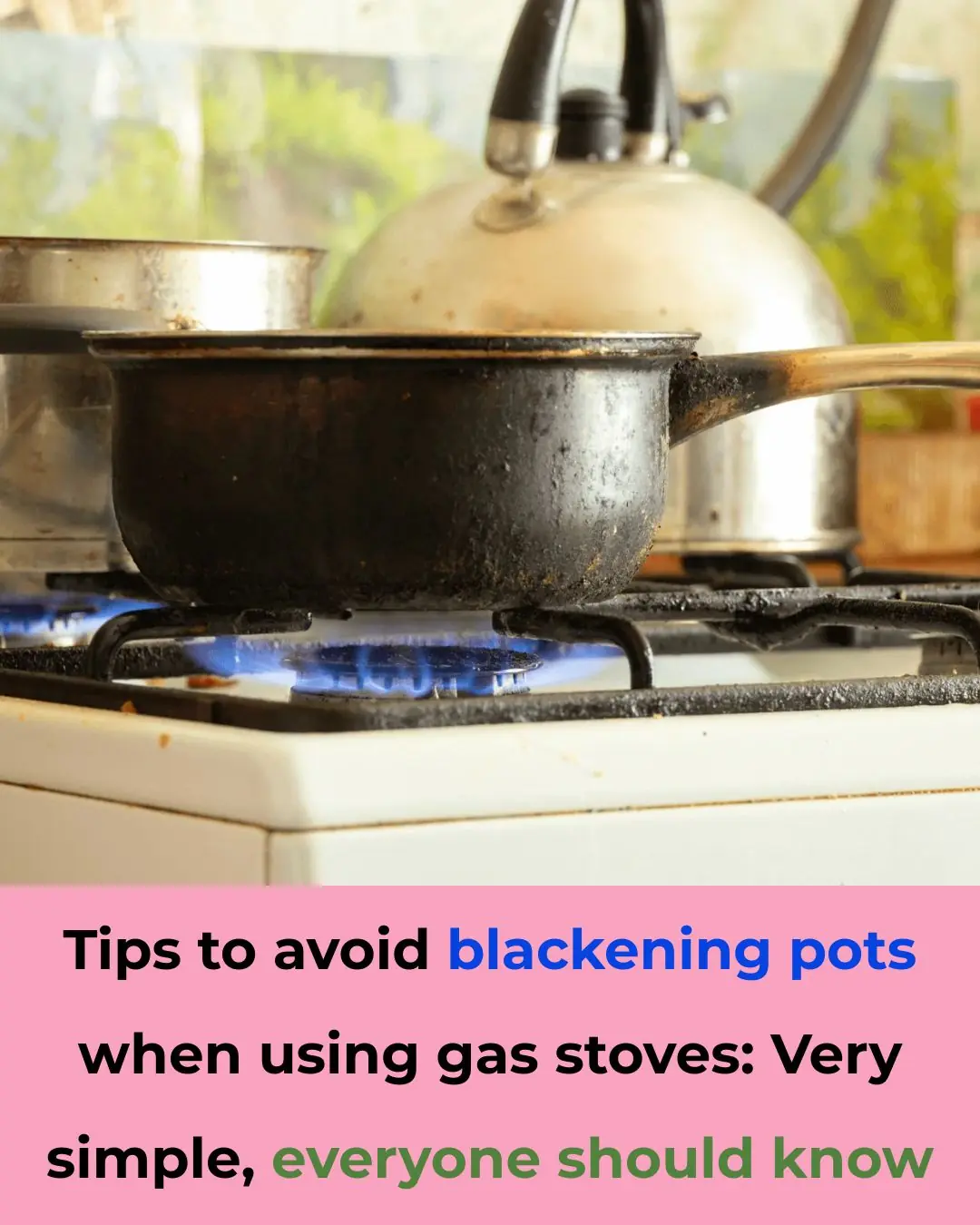
Tips to avoid blackening pots when using gas stoves: Very simple, everyone should know

Learn from the Japanese by soaking bananas in this water: Get a longevity food, not everyone knows

See why and how to choose melon effectively...
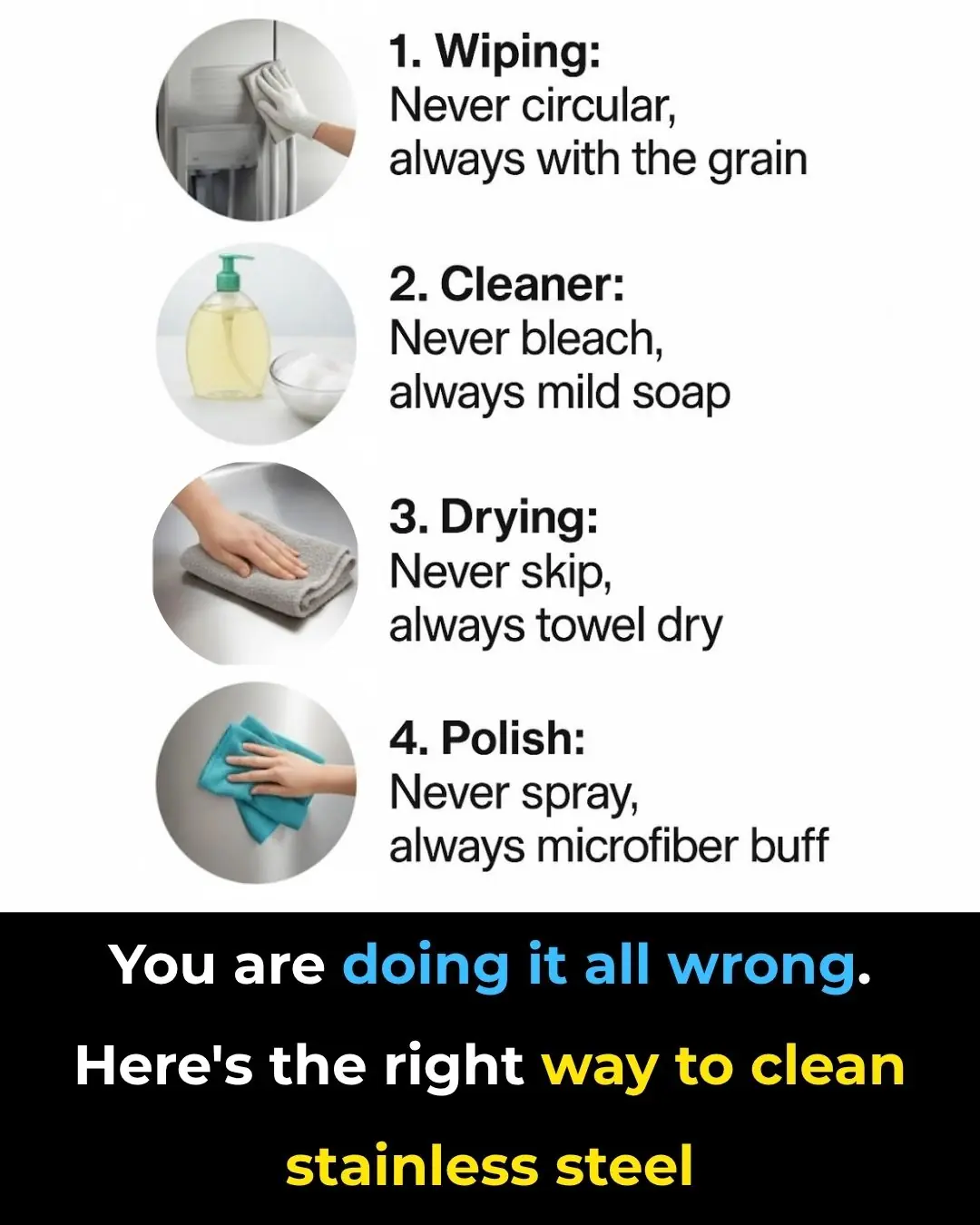
You are doing it all wrong. Here's the right way to clean stainless steel
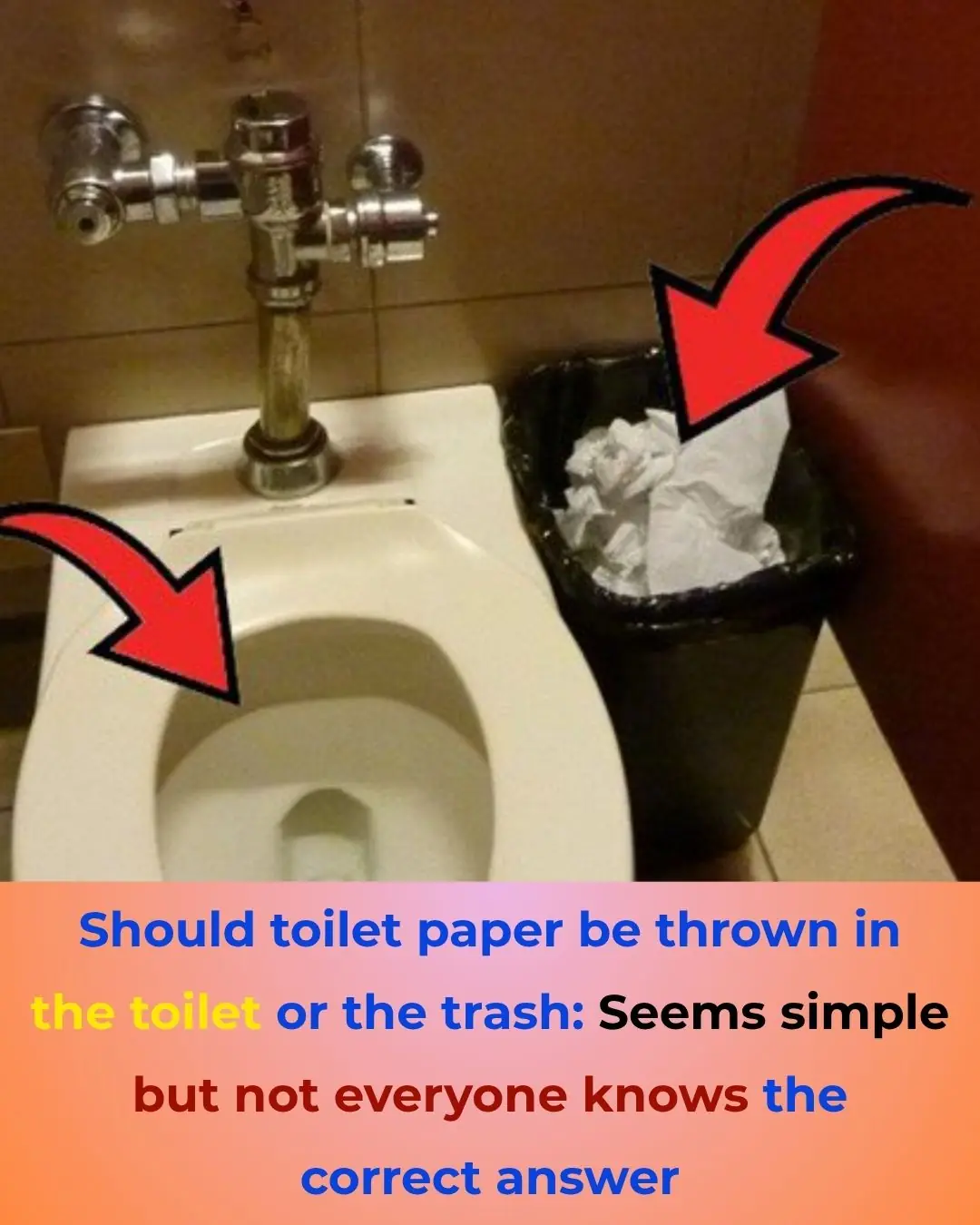
Should You Throw Toilet Paper in the Toilet or in the Trash?
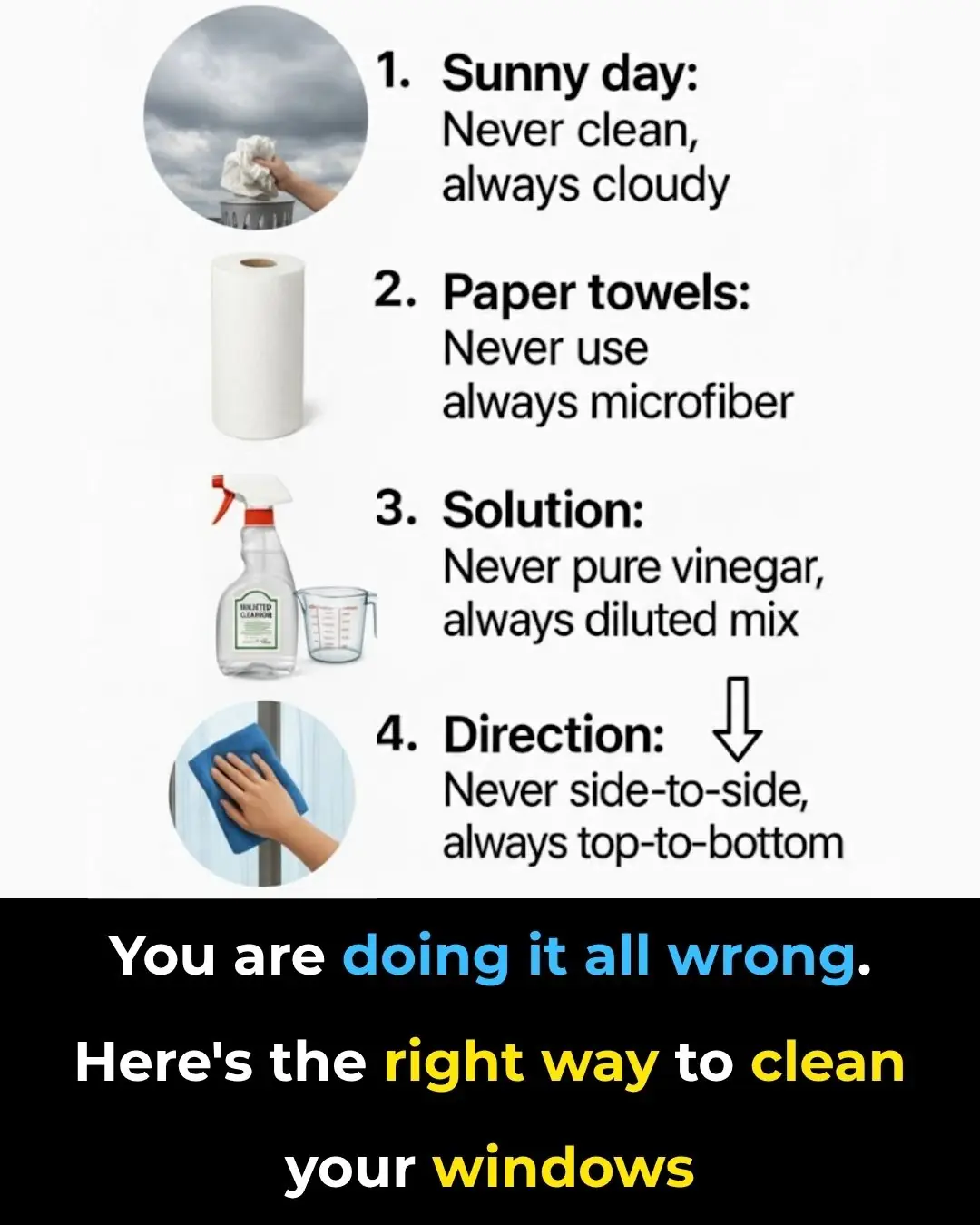
You are doing it all wrong. Here's the right way to clean your windows
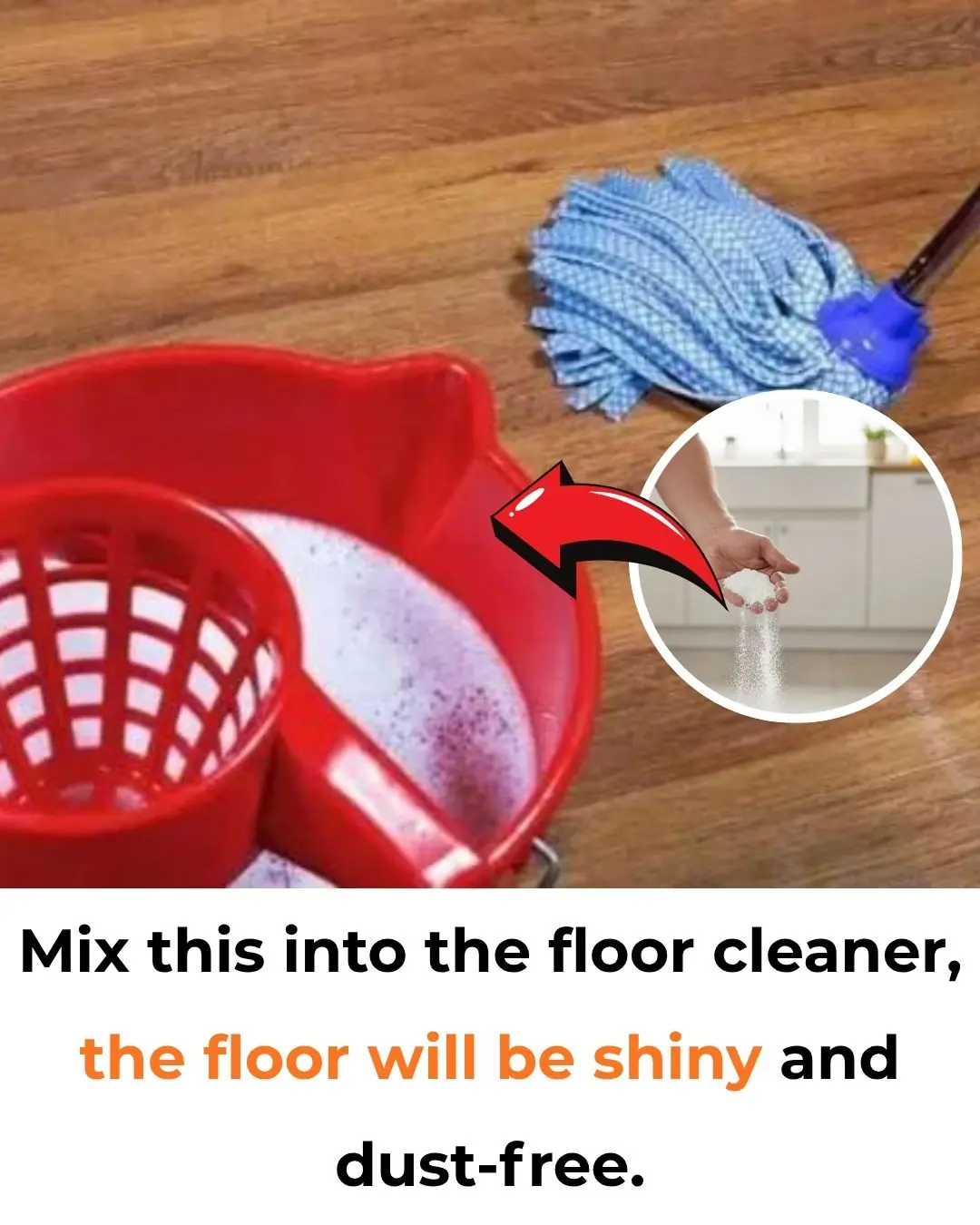
Add This to Your Mopping Water – Your Floors Will Shine Like New and Stay Dust-Free for a Whole Week

Hidden Smartphone Tricks You Didn’t Know About

Were you aware of this? Wow, I discovered something new!
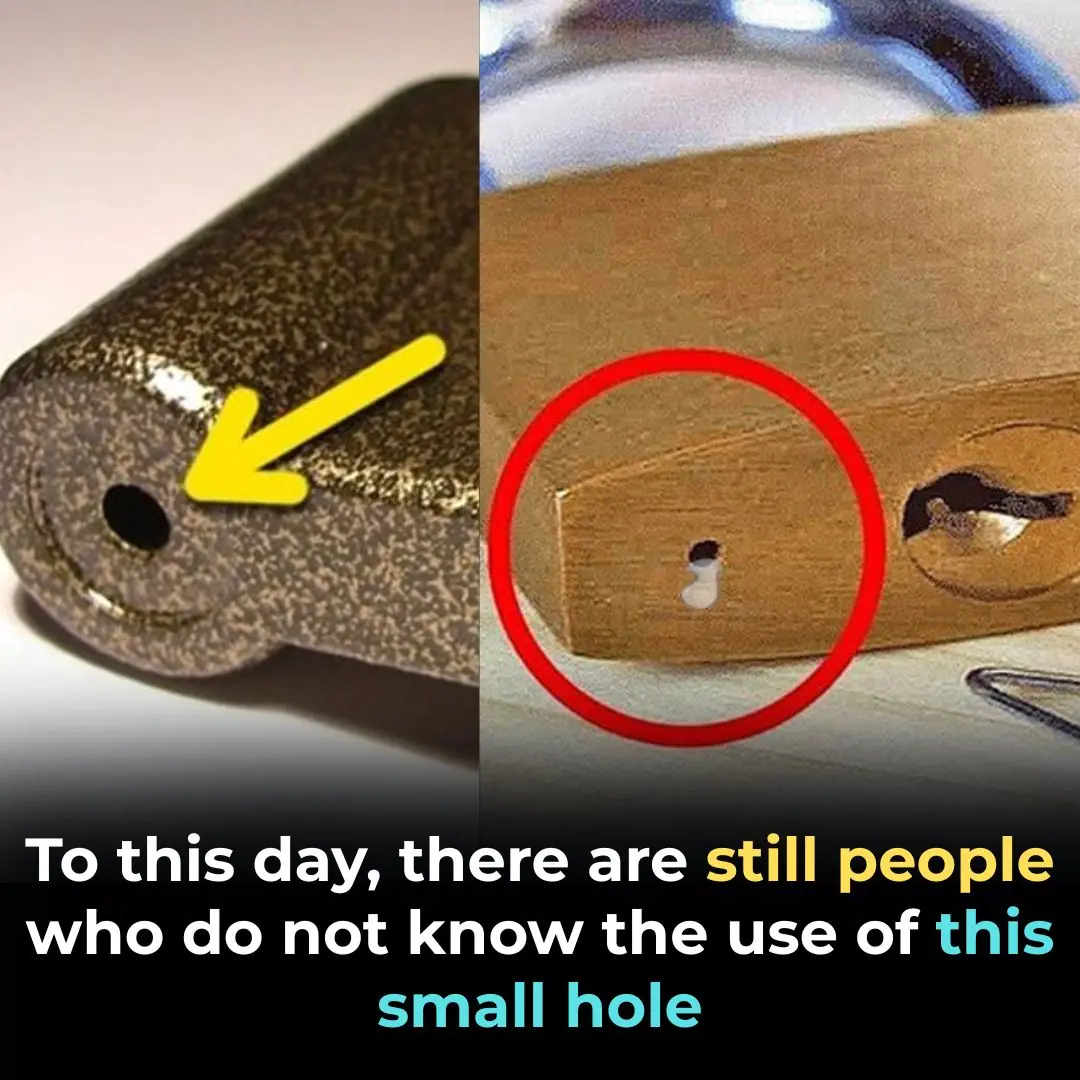
The Uses Of This Small Hole On a Padlock
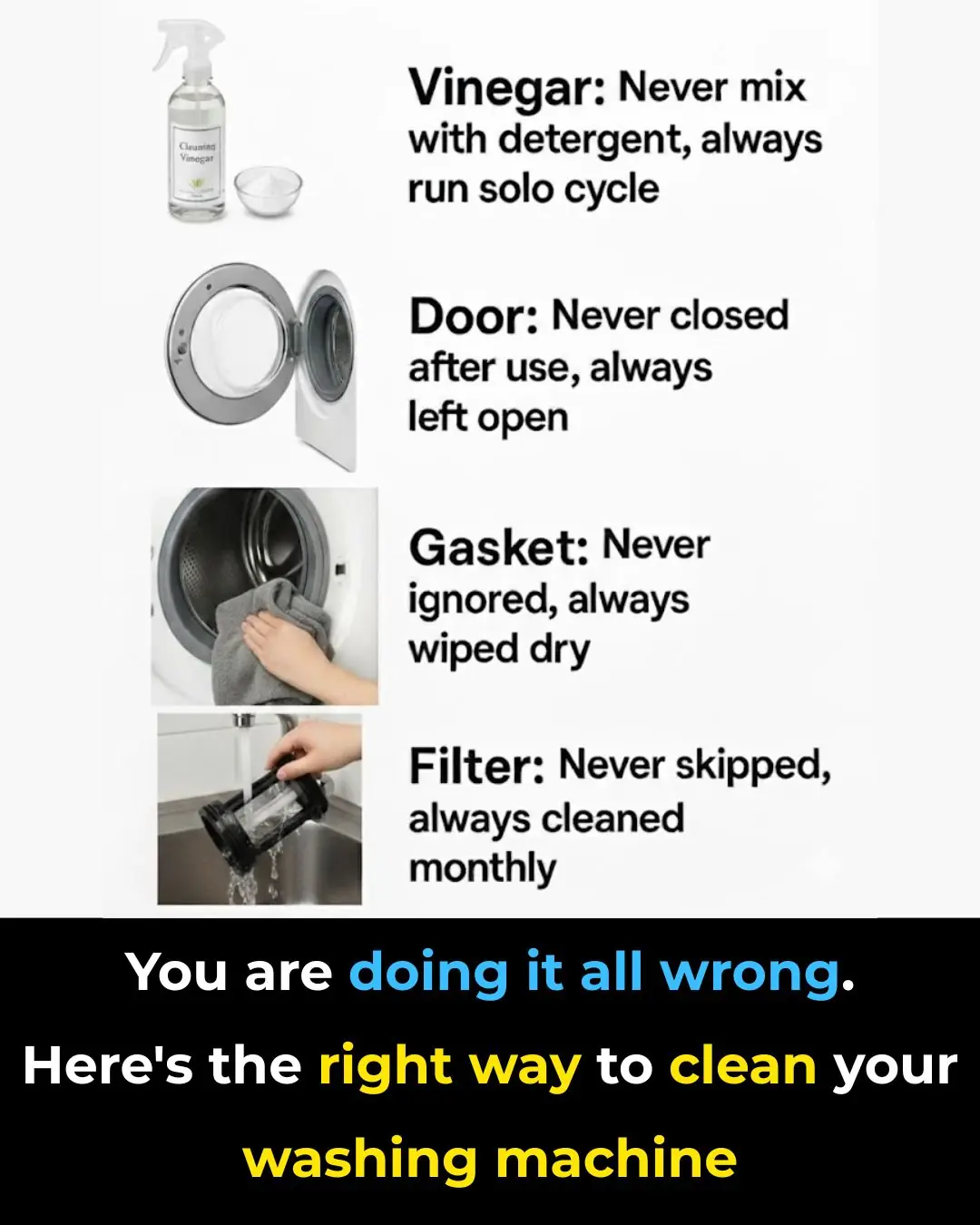
You are doing it all wrong. Here's the right way to clean your washing machine

You are doing it all wrong. Here's the right way to store spices
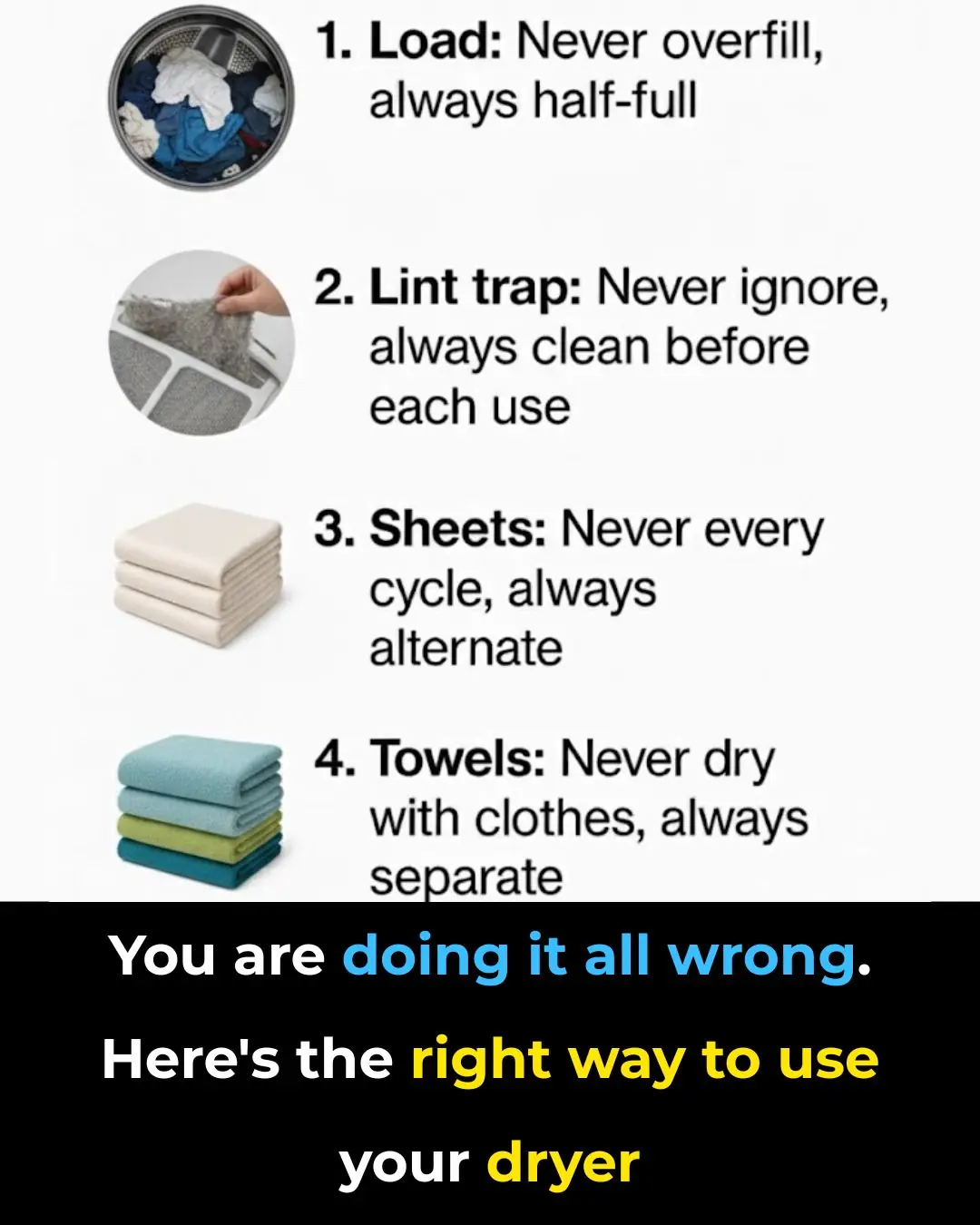
You are doing it all wrong. Here's the right way to use your dryer
News Post
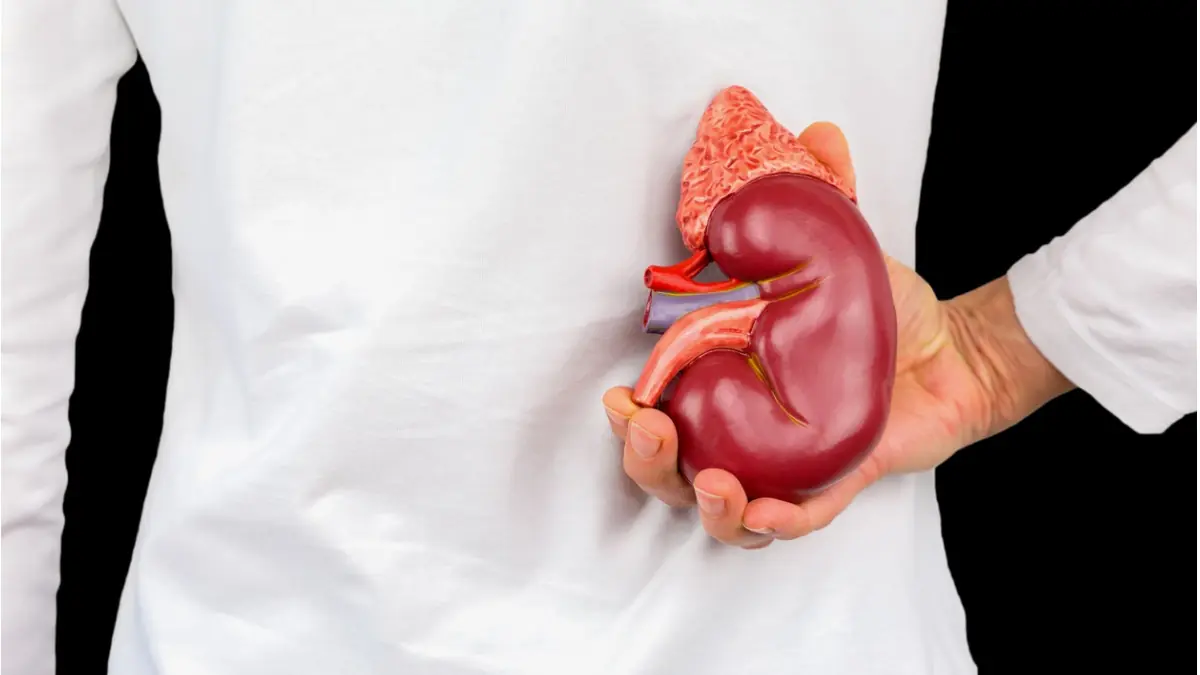
The #1 Food for Detoxifying and Supporting Kidney Health

Dark Chocolate and Tea Found to Significantly Lower Blood Pressure

Why This Doctor Refuses to Prescribe Statins for High Cholesterol
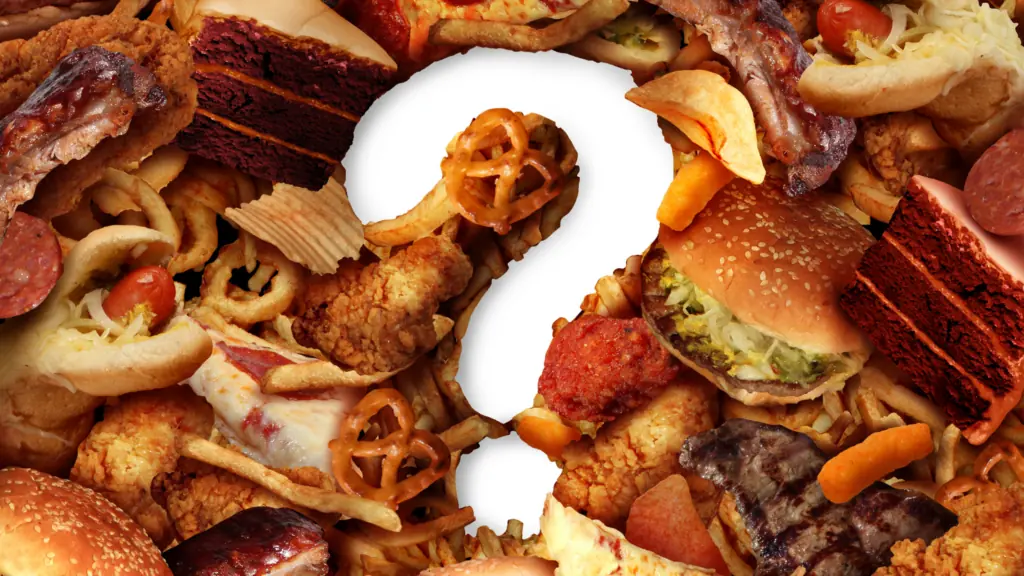
Top 5 Foods to Avoid if You Have High Blood Pressure
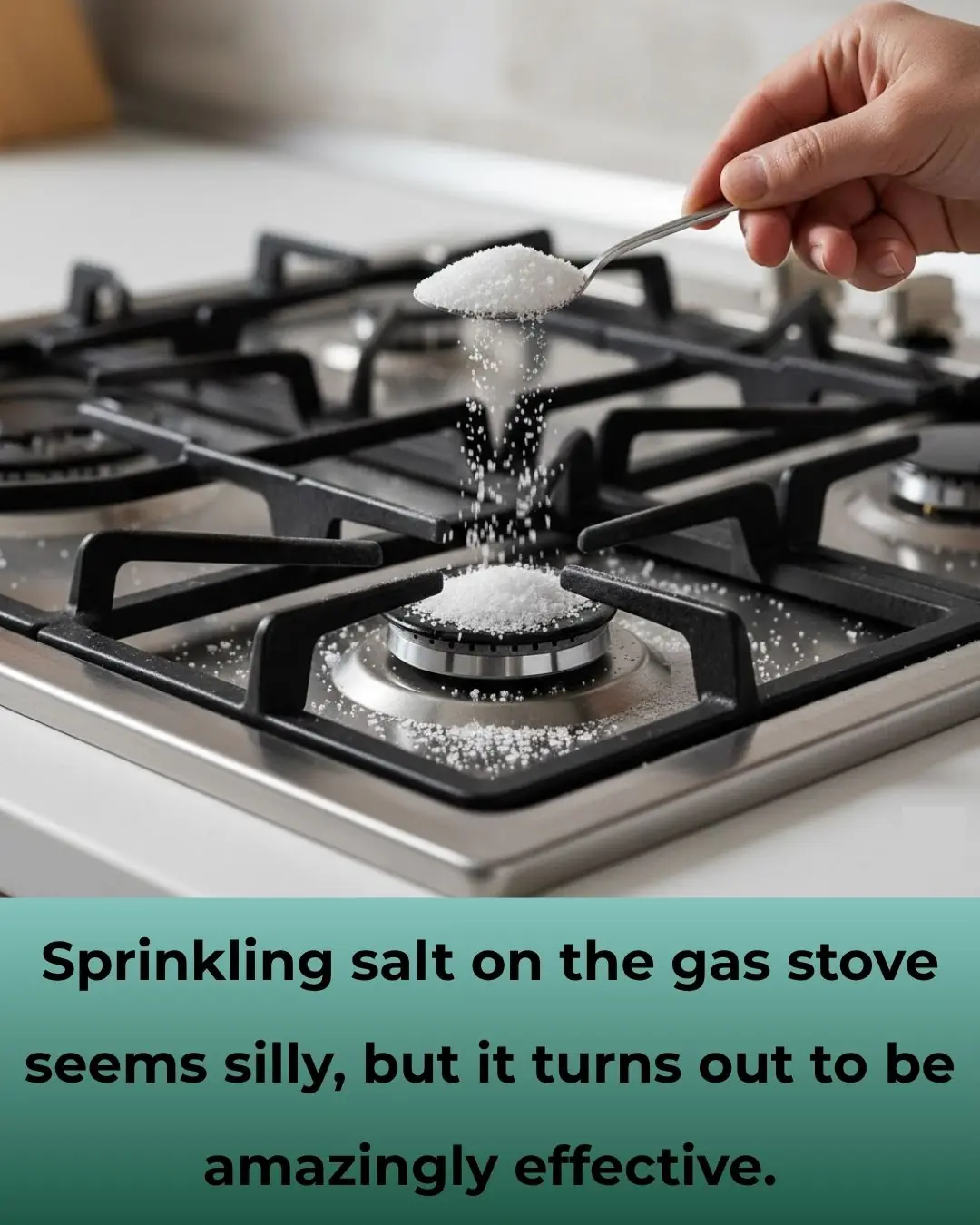
Why You Should Sprinkle Salt on Your Gas Stove

3 Flowers That Make Snakes Tremble — Natural Repellents You Can Grow at Home
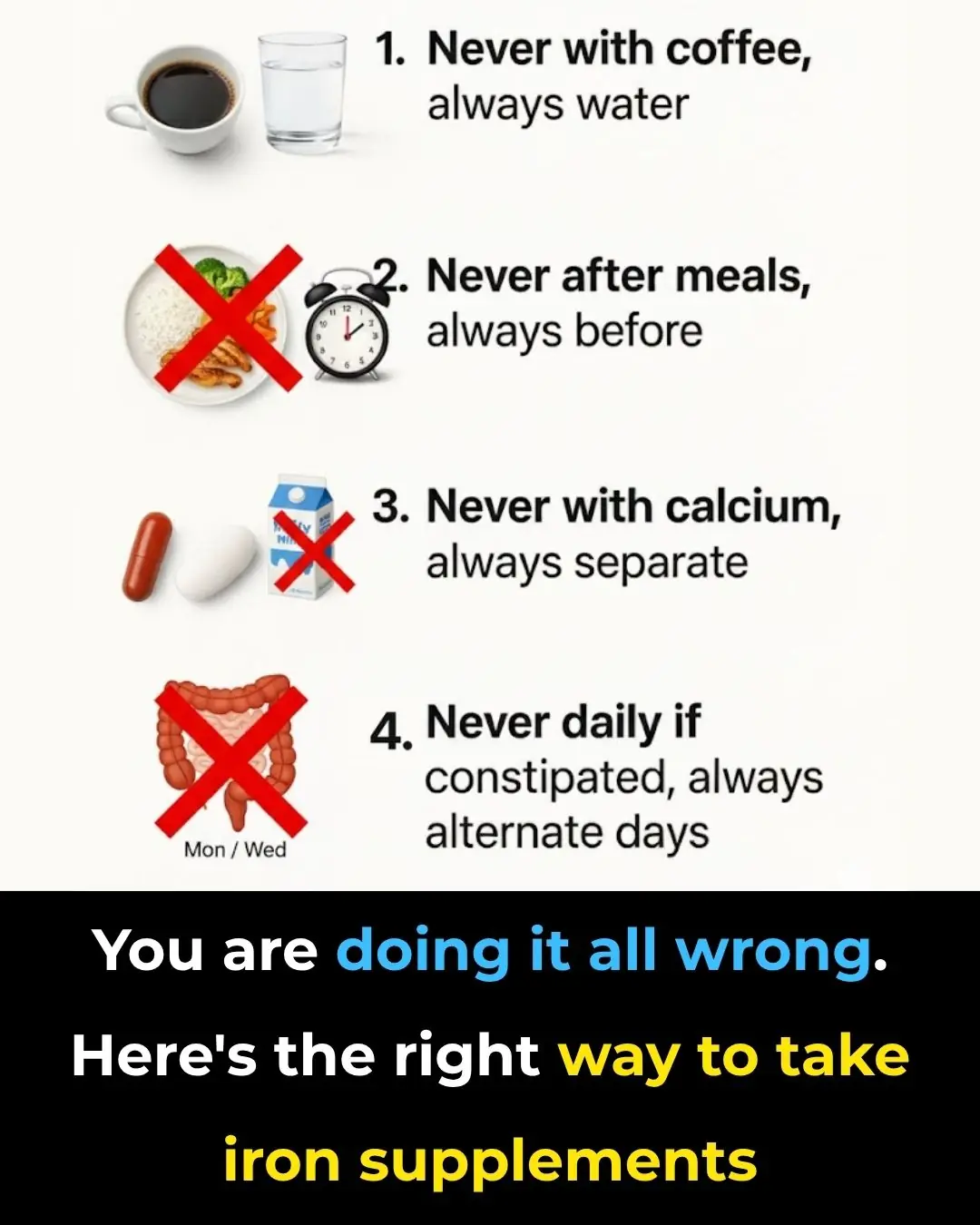
You’re Taking Iron Supplements Wrong — Here’s the Science-Backed Way to Do It Right
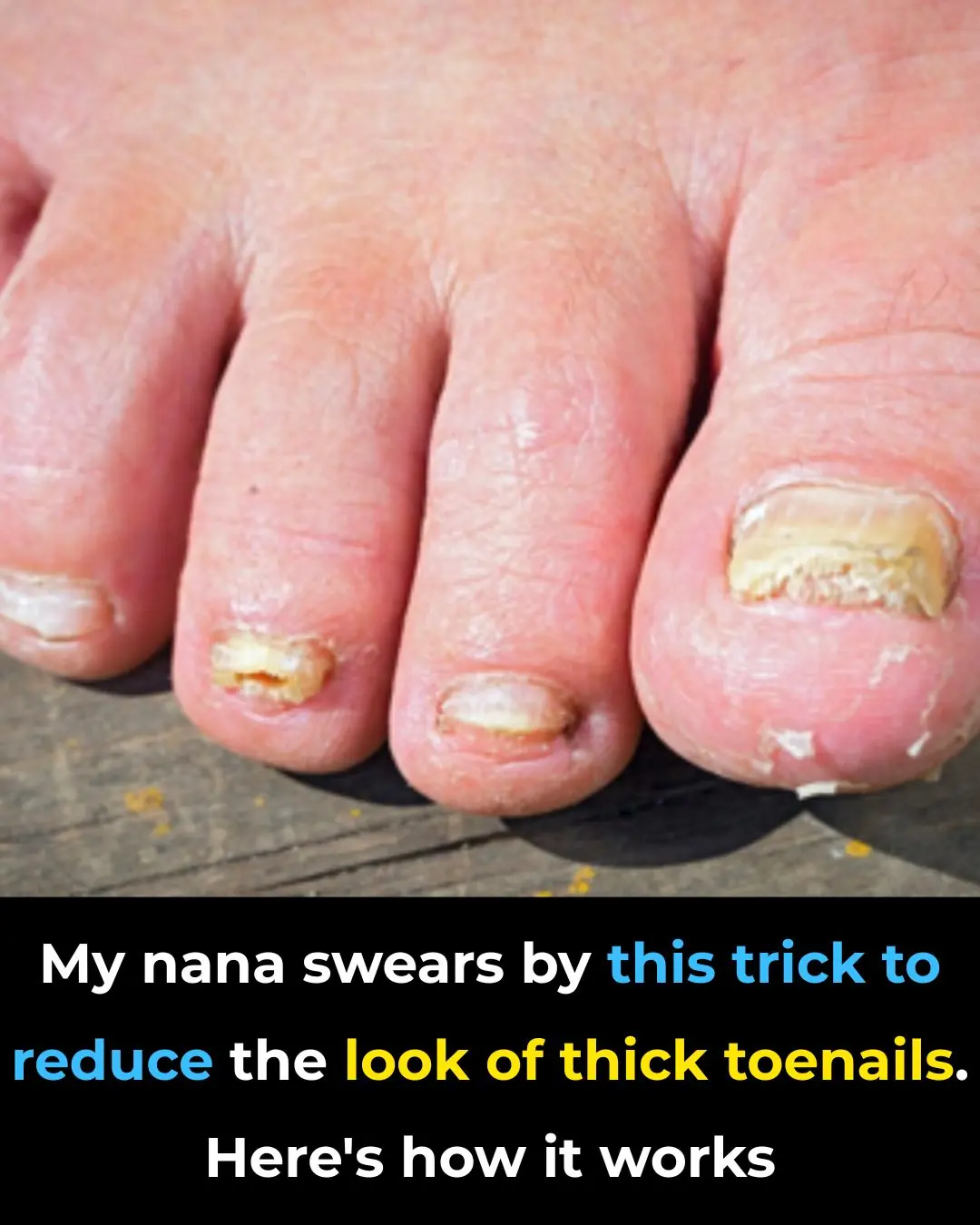
Nana’s Baking Soda Hack: The Surprisingly Effective Trick to Soften and Thin Thick Toenails

Never Mix Medications in One Box: 10 Serious Risks Most People Don’t Know
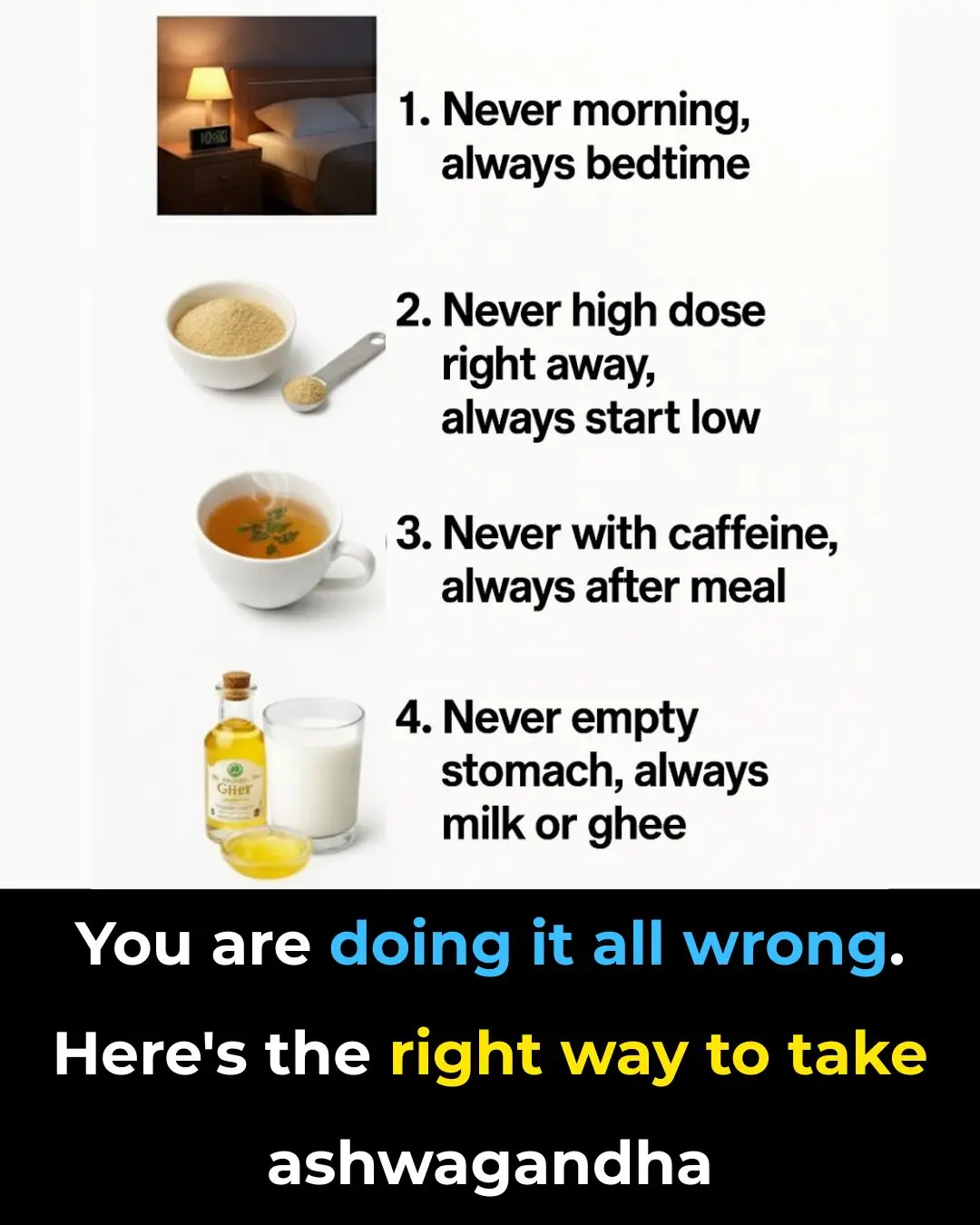
The Right Way to Take Ashwagandha: A Science-Backed Guide to Unlock Its Full Potential

Shrimp injected with impurities is easy to distinguish: Smart people will see this point

Tips for cleaning an air fryer without scrubbing and still clean as new

25 Incredible Health Benefits of Goosegrass

The water pipe is clogged, just blame this and it will be solved easily, no need to waste money calling a plumber.

How to clean the bathroom easily and effortlessly: It will stay clean and fragrant all week long

Simple tips for making crispy roast pork skin without much effort: Golden brown, crispy skin like in restaurants

How bathing too often can affect your health

Dirty sofa, do not use wet towel to wipe: Use this to clean it, it will not be damaged

Drop this into the basin, clams and snails will release all the mud and dirt, making them 5 times more fattening.
